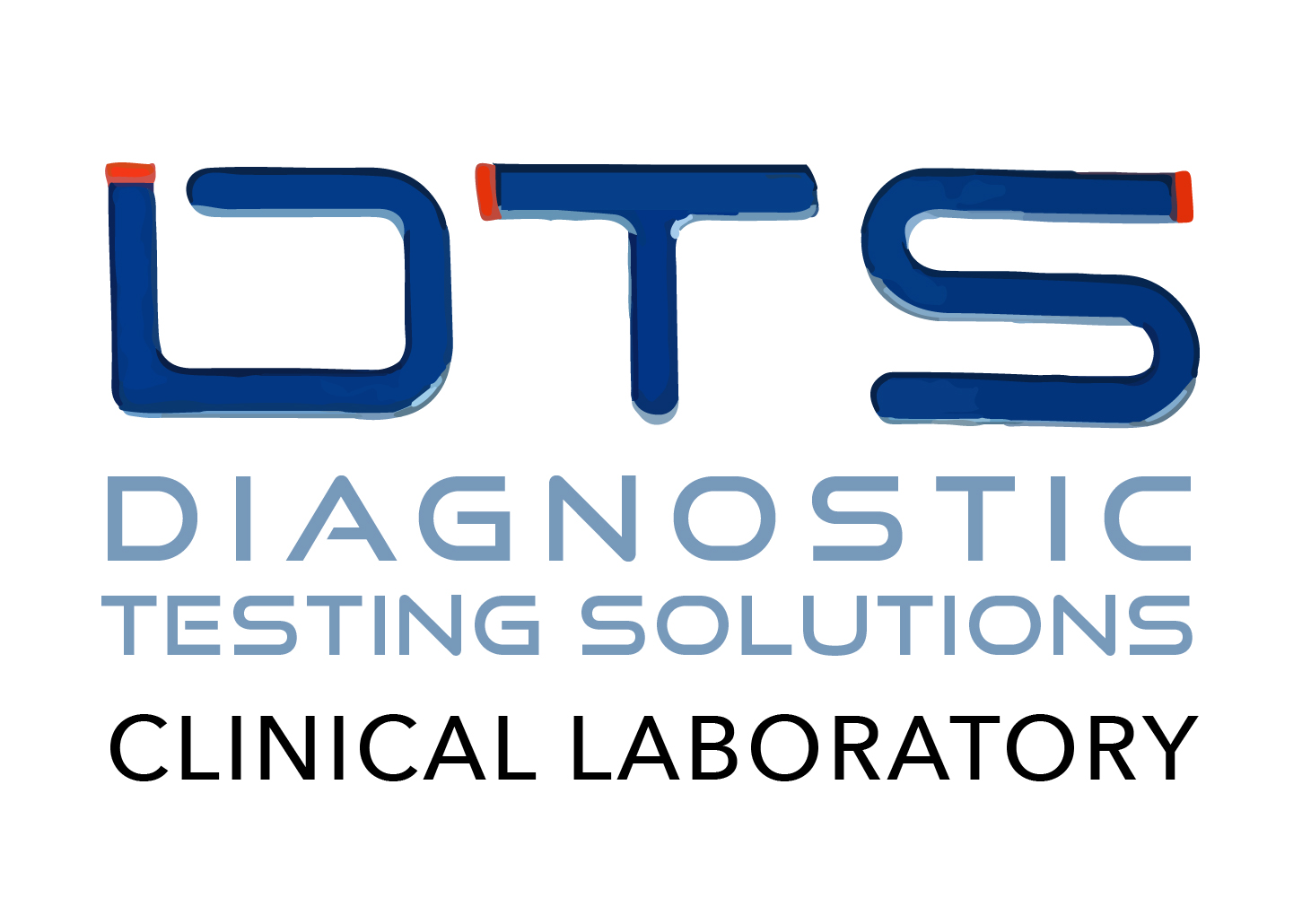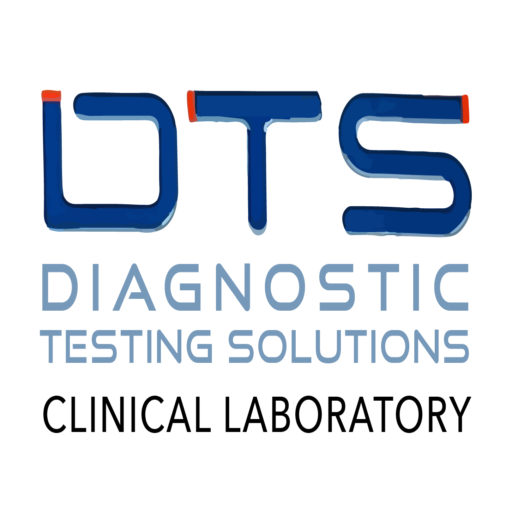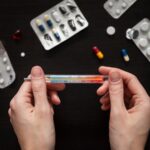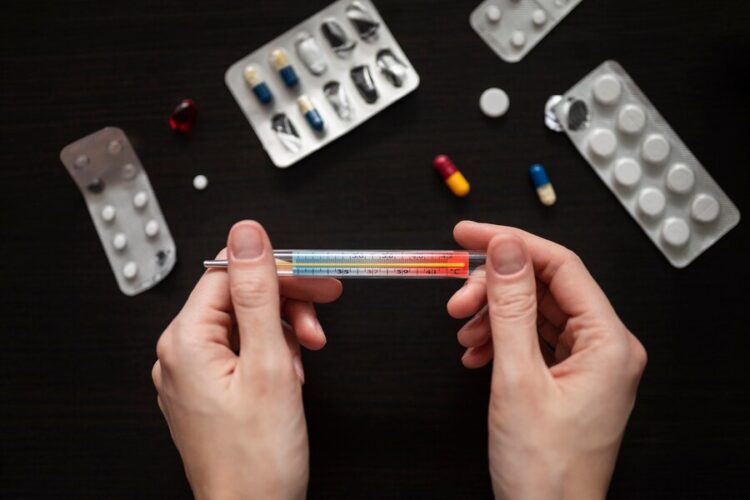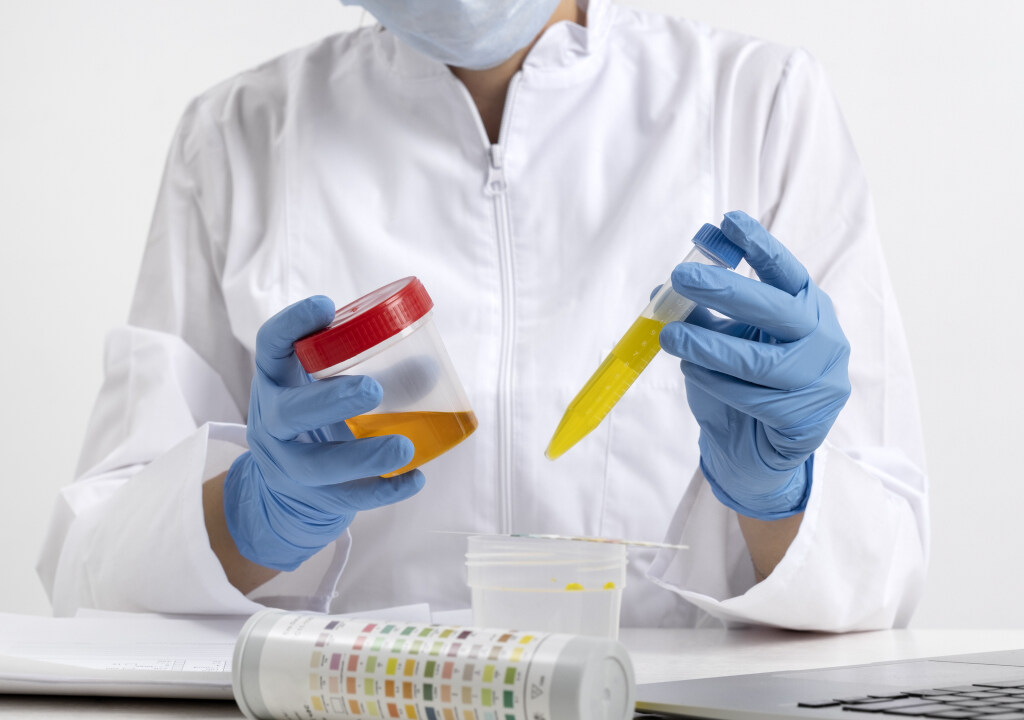
As substance abuse remains a significant public health concern, drug and alcohol test procedures have become routine for various purposes, including pre-employment screening, legal monitoring, and routine medical evaluations. The increasing prevalence of testing highlights its importance in promoting safety and compliance in both professional and personal settings.
Understanding how drug tests operate and what to expect is crucial. It can empower you, ensure you are well-prepared, and help ease any concerns about the process. Whether you’re facing a mandatory test or seeking one for peace of mind, knowing the ins and outs of drug testing can make the experience more manageable and less stressful.
What is a Drug Test?
A drug test identifies the presence of drugs and their metabolites in your system. Metabolites are the byproducts that remain after your body processes drugs. Commonly, drug tests use urine, blood, hair, and saliva samples.
After you provide a sample, it is sent to a laboratory, where the initial screening is usually performed using an immunoassay. This test employs antibodies to detect the presence of drugs and their metabolites. This method does not measure the drug quantity used but indicates its presence. If the initial screening suggests a positive result, a second, more precise test is conducted to confirm the findings.
Types of Samples Used in Drug Testing
Drugs and their metabolites are stored in the body in various ways. For instance, marijuana metabolites are stored in fat cells and are gradually released into urine over time. Other substances, like cocaine, may only be detectable in urine for a few days after use. Hair testing, however, can reveal drug use over a longer period because trace amounts are deposited into growing hair strands.
The most common sample types for drug testing include:
- Urine: The most widely used sample type, urine tests can detect recent drug use. This test requires providing a urine sample in a collection cup.
- Blood: Less common than urine tests, blood tests can detect very recent drug use and require a medical professional to draw blood.
- Hair: This test requires a small hair sample near the scalp to detect long-term drug use.
- Saliva: This method checks for recent drug use and involves swabbing the inside of the mouth.
What Drugs Are Included in Drug Test Panels?
Drug tests often use a six-panel or expanded 11-panel test to screen for commonly used drugs. Some drugs linger in the system longer than others, so knowing the detection window is crucial.
A six-panel drug test typically includes:
- Amphetamines (e.g., speed, methamphetamine) – detectable for up to 2 days
- Cannabinoids (e.g., marijuana, THC) – detectable for 2-7 days for single use, 1-2 months for chronic use
- Cocaine – detectable for up to 4 days
- Opiates (e.g., morphine, hydrocodone, codeine) – detectable for 2-7 days
- Oxycodone – detectable for 1-4 days
- Phencyclidine (PCP) – detectable for 14-30 days, depending on use frequency
The expanded 11-panel test adds:
- Barbiturates – detectable for two days to 3 weeks
- Benzodiazepines (e.g., alprazolam, diazepam) – detectable for up to 6 weeks
- Fentanyl – detectable for 1-3 days
- MDMA (ecstasy) – detectable for up to 2 days
- Methadone – detectable for about three days
To understand the common ways to test for drugs and alcohol, knowing these sample types and drug panels can help individuals and employers make informed decisions about screening methods.
Preparing for and Taking a Drug Test
Preparation for a drug test is minimal, but it’s essential to bring a valid ID and be ready to provide a sample. Inform your testing professional about any over-the-counter medications or supplements that could influence your test results. It’s also advisable to avoid consuming foods with poppy seeds, as they might cause a false positive for opiates.
Results are typically available within 1-5 days. A positive result indicates the presence of a drug or its metabolite. In contrast, a negative result means no drugs were detected, though it doesn’t necessarily mean none are present. Consulting a healthcare professional for confirmation is always recommended.
Reliable Drug Testing Services
At Diagnostics Lab, we offer convenient and accurate drug testing services. Our Standard Drug Test screens for six common drugs, while our Comprehensive Drug Test covers an expanded 11-panel. Both require urine samples collected in person at one of our patient service centers.
Get the clarity you need with our dependable drug testing services.
Conclusion
Drug testing ensures safety and compliance across various sectors, including workplaces and healthcare. By understanding what is drug and alcohol test, the types of samples used, and the implications of the results, individuals can approach the process with greater confidence and clarity. This knowledge is essential for those undergoing testing or employers seeking to implement effective screening programs.
Diagnostics Lab is dedicated to providing accurate, confidential, and convenient drug testing services. Our commitment to reliable testing methods and thorough confirmation ensures that you receive trustworthy results every time, giving you the peace of mind you need.
FAQ’s
How is a Drug Test Performed?
A drug test involves collecting a sample (urine, blood, hair, or saliva), which is then analyzed in a lab to detect the presence of drugs or their metabolites.
How Do They Drug Test You at Work?
Employers usually conduct drug tests using urine samples, but depending on company policy, saliva, blood, or hair tests might also be used.
What is the Difference Between a Drug Test and a Drug Screen?
A drug screen is a quick, preliminary test. In contrast, a drug test is a thorough process that often involves confirmatory analysis to ensure accuracy. This thoroughness should reassure you about the reliability of the results.
How Are Drug Tests Confirmed?
Positive results from an initial screen are confirmed using a more specific test, like GC-MS, to verify the presence of the drug
What Happens if a Drug Test is Positive?
Depending on the context, a positive test result may lead to further inquiry, a Medical Review Officer review, and potential consequences.
Can Drug Tests Fail?
While rare, drug tests can yield false positives or negatives due to cross-reactivity or improper procedures, confirmatory tests help ensure accuracy.
